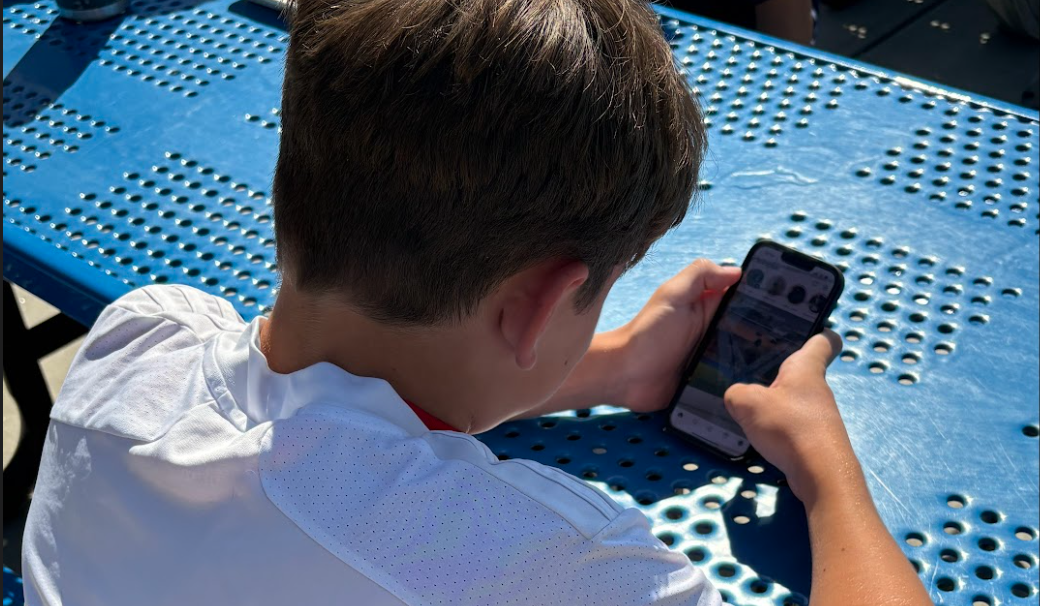Behind the scenes, dancers put hours upon hours of their lives into their work. We put all of our effort, energy, and muscle into what we do to make it all look easy.
Unfortunately, dancers commonly receive comments about how dance isn’t physically strenuous and how it isn’t athletic enough to be qualified as a sport. We’re told that our passion is not worthy of getting the recognition it should get.
It’s too easy, they say. It’s stupid, they tell us.
The Oxford Languages dictionary definition of a sport is “an activity involving physical exertion and skill in which an individual or team competes against another or others for entertainment.”
So why does dance seem to be disqualified to become one in the public’s eyes?
Part of the reason people dismiss dance from being a sport is the misunderstanding around how physical dance can be.
“The way we work is an art form, but [it’s] also one of the most intense ways of moving and using every part of your body,” says Nonnewaug junior Sophie Solury. “I think if people knew about all of the extra training, the footwork and everything we do as dancers to get to the professional level, I think there would be people who would change their minds and see a different perspective.”
“It should be recognised as a sport in addition to being an art because dancers put in as much effort, training, [and] time as other sports,” says sophomore Sarah Gilroy. “Dance is also as physically demanding as any other sport.”
Dance is dismissed from being considered a sport because of a perceived lack of competition involved. When many people think of dance, they think of a performance or recital. In reality, there are many more performing opportunities than just shows. Many of these include dance competitions, which are common among most dancers.

“I really feel like it depends on the type of dance. Dance styles that involve more lifting would definitely be more likely to be considered a sport,” says sophomore Arin Morales. “However, I think watching some dance competitions, like the recent college competitions that are going viral, could help people see what work goes into preparing for those competitions and show that it takes more effort than they think. I think that would change a lot of people’s minds.”
“The public’s opinion would definitely change if they knew about what happens behind the scenes,” Gilroy says. “There’s long classes after school even when you have homework, late exhausting nights at competitions, dancing with blisters from pointe shoes, and other injuries.”
Gilroy continues, “You still have to show up not only for yourself but for your team of dancers, just like any other sport.”
“My entire life growing up, if people asked me what sport I did, I would say dance,” Solury says. “Ninety-nine percent of the time, their response to that would be, ‘Oh, that’s not really a sport.’ They would act like it was nothing to be taken seriously. Honestly, I think you really have to experience what we do behind the scenes to understand it.”
“I’ve noticed that those who have either danced at one point or who are more familiar with all the training that is required believe that dance is actually a sport,” Gilroy says. “It’s unfair for someone that has never witnessed all that goes into it to be able to decide if it’s a sport or not.”
Dancers dedicate all their time and their effort into their work just for dance to be rejected by the public’s eye. All types of dance need to be recognized as a sport in order for the public to understand that it isn’t some easy boring hobby. Maybe for once dancers will hear someone praise their mental and physical efforts into their passion.
This is the opinion of Chief Advocate reporter Katie Savulak, a sophomore at Nonnewaug.

















